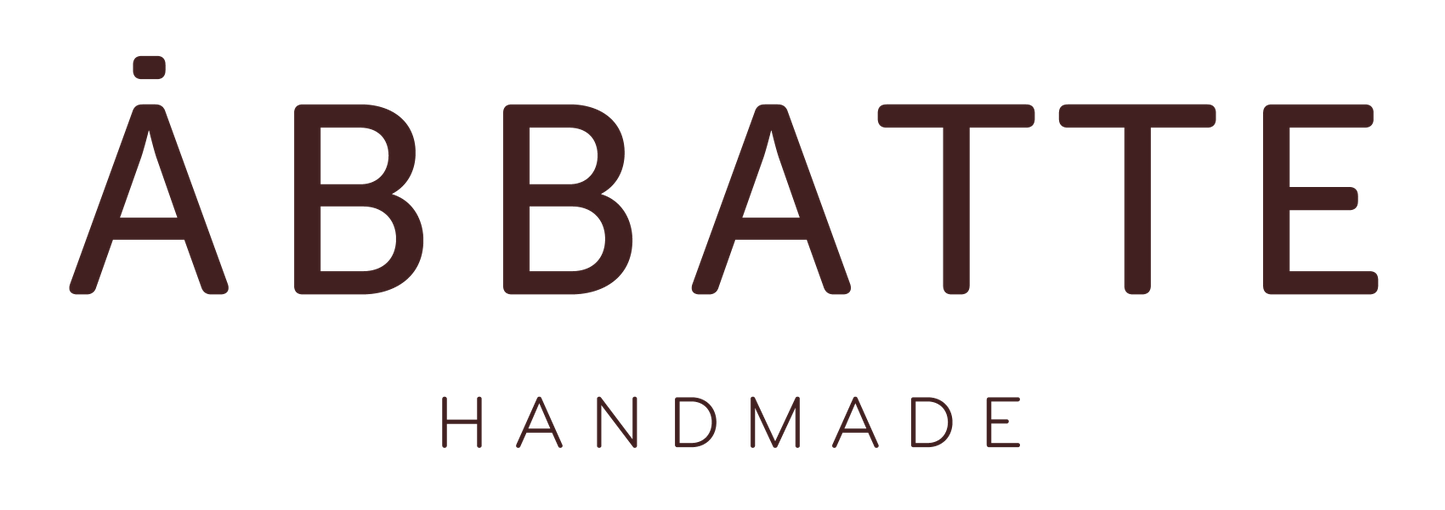
As we mentioned in the post about La Cabaña, most of the natural dyes used at ÁBBATTE are plant-based, and some even come directly from our dye garden.

In the case of indigo, this dye is extracted from various plants, all of which yield blues of differing intensity.
Some of the main indigo-producing plants include Isatis tinctoria, Indigofera tinctoria, Persicaria tinctoria, and Polygonum tinctorum. In every case, the process is a physical-mechanical one, not a chemical reaction.
Indigo has been used throughout history; its use dates back to the Neolithic period. The word añil (indigo) appears in ancient languages such as Sanskrit (nila), Persian (nil), Classical Arabic (nil), and Andalusi Arabic (annil). From Latin, we get indicum (meaning “from India”) and glastum, another name for indigo. The first written reference in Spanish dates back to 1555.
Used in the Neolithic era and known in the Middle Ages as "blue gold", indigo is the most lightfast of all natural dyes. Photo-oxidation enhances its intensity, making it even bluer. However, it is also the least resistant to abrasion, as the bond between dye and fibre is physical, not chemical.
Just over a year ago, Michel Garcia, botanist, anthropologist, dyer, and naturalist expert in natural dyes, visited ÁBBATTE. He led a workshop for the entire team using plants from our dye garden. His methods are always sustainable and environmentally friendly, both for nature and for the health of the dyers.
In the bedroom pictured, we used indigo-dyed fibres for the stripes of a headboard, the key piece of the room, providing chromatic coherence and tying the entire space together. This corner blends personal objects with fine art references, design icons, and top-tier craftsmanship.
Through the thoughtful use of colour, this room becomes a haven of peace, shaped by its soft, natural palette. The blue tones of indigo, the "blue gold" of the Middle Ages, play a central role.
Text: Elena Goded and María Olmos
